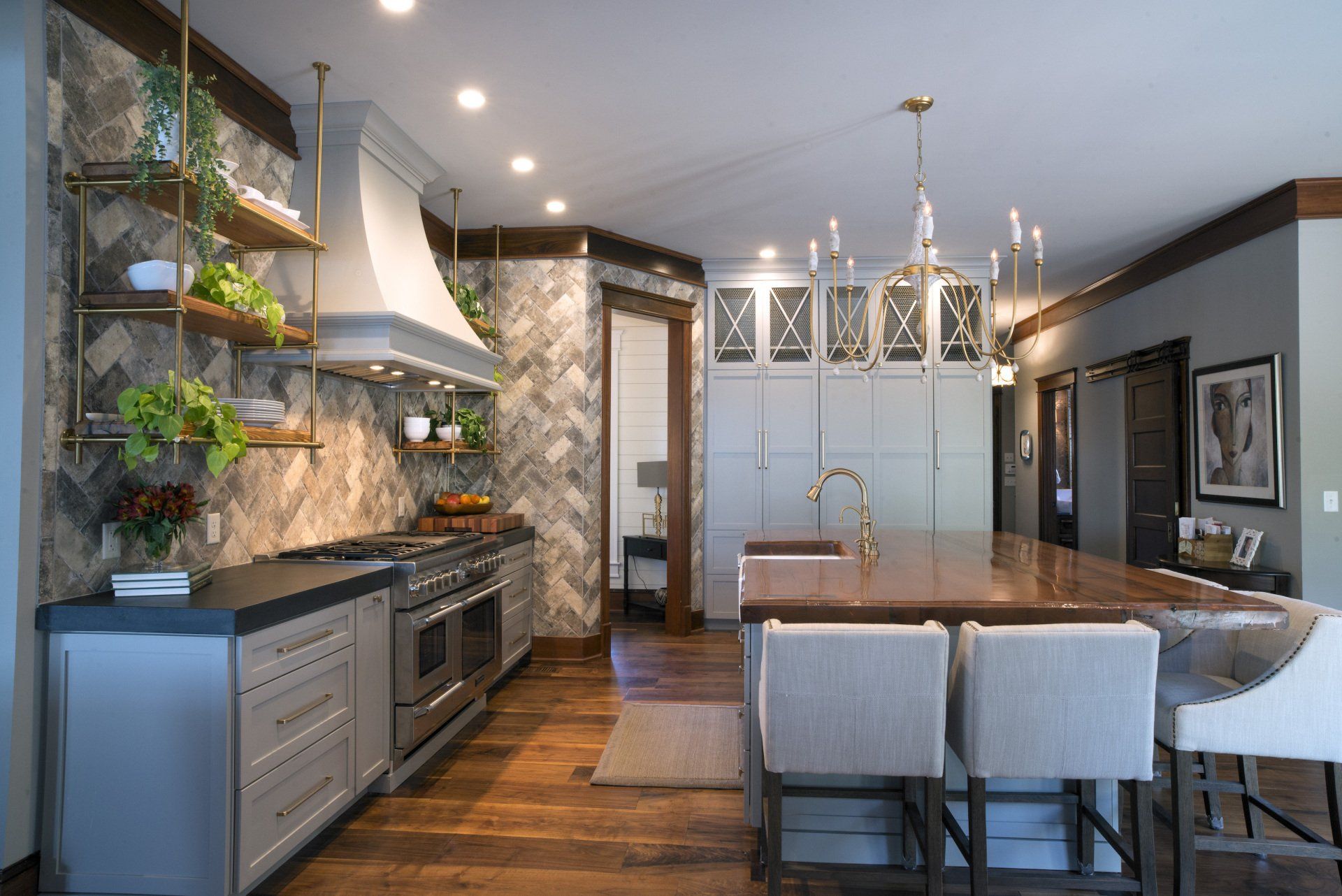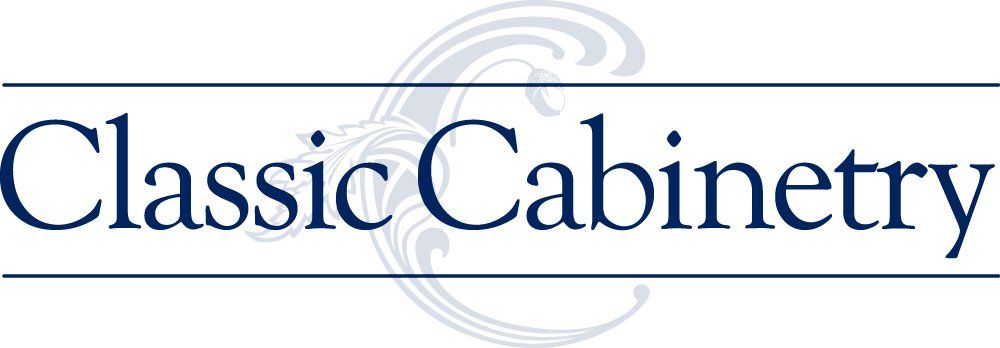Kitchens in Chattanooga are getting smarter and easier and more enjoyable to use. Homeowners are taking advantage of technology to improve the way they live, work and play and that certainly holds true to the most important room in the home, the kitchen. Our showroom continues to expand the use of smart home technology in our kitchen designs, offering homeowners in Chattanooga a broad range of innovations, conveniences and wow factors.
Imagine that your new dream kitchen will respond to voice commands to adjust lighting, order groceries, pre-heat the oven or start the flow of water from your faucet when your hands are covered in dough. Appliances are the beneficiaries of technological advancements Smart refrigerators allow you to see what’s inside remotely which is a great benefit when you are shopping for groceries. Many smart refrigerators include food inventory technology that makes recommendations for your shopping list and offers sample menus based on what’s on hand. Smart refrigerators also can feature a flex drawer that offers customizable temperate settings ranging from less than 32 degrees to 54 to 56 degrees, which is the perfect wine storage temperature.
Ovens are not only getting smarter, they also are becoming multifunctional. According to the latest National Kitchen and Bath Association Kitchen Trends Research Report, 87% of homeowners want ovens that can multitask. Smarter ovens incorporate integrated functionality that allows them to bake, air fry and steam cook. Smart ovens also can be operated remotely, allowing homeowners in Chattanooga to preheat them on a drive home or can have the temperature adjusted with a few clicks on a smart phone. WIFI-connected dishwashers can order detergent when supplies are low and notify you when your dishes are ready to use.
Safety is another benefit of smart appliances that homeowners in Chattanooga value. Many smart appliances automatically shut off burners that have been left on or if there is a leak or power surge. These safety features help to prevent catastrophes that often occur when homeowners in Chattanooga are out of town or not at home.
Smart lighting enables homeowners in Chattanooga to create the perfect mood for almost every situation. Imagine telling your lights to create the perfect ambiance for your anniversary dinner or to provide the necessary light that makes meal preparation easier and more enjoyable. Under-cabinet and in-cabinet lighting enhances visibility and adds a certain wow factor to every kitchen.
Smart thermostats can be programmed to offset heat generated from cooking meals to providing the perfect thermal comfort for dining, preparing meals, working from home or studying for exams.
Smart trash bins and compactors can be motion or voice activated, eliminating the need to manually use lids or foot pedals.
New advances in technology will provide even more options for creating a dream kitchen that is easier, safer and more enjoyable to use. Give us a call at 423-266-0077 or make an appointment to visit our showroom either in person at 2601 Broad St. and let us show you how to create a smart, intuitive space that transforms your kitchen into the envy of the neighborhood.





